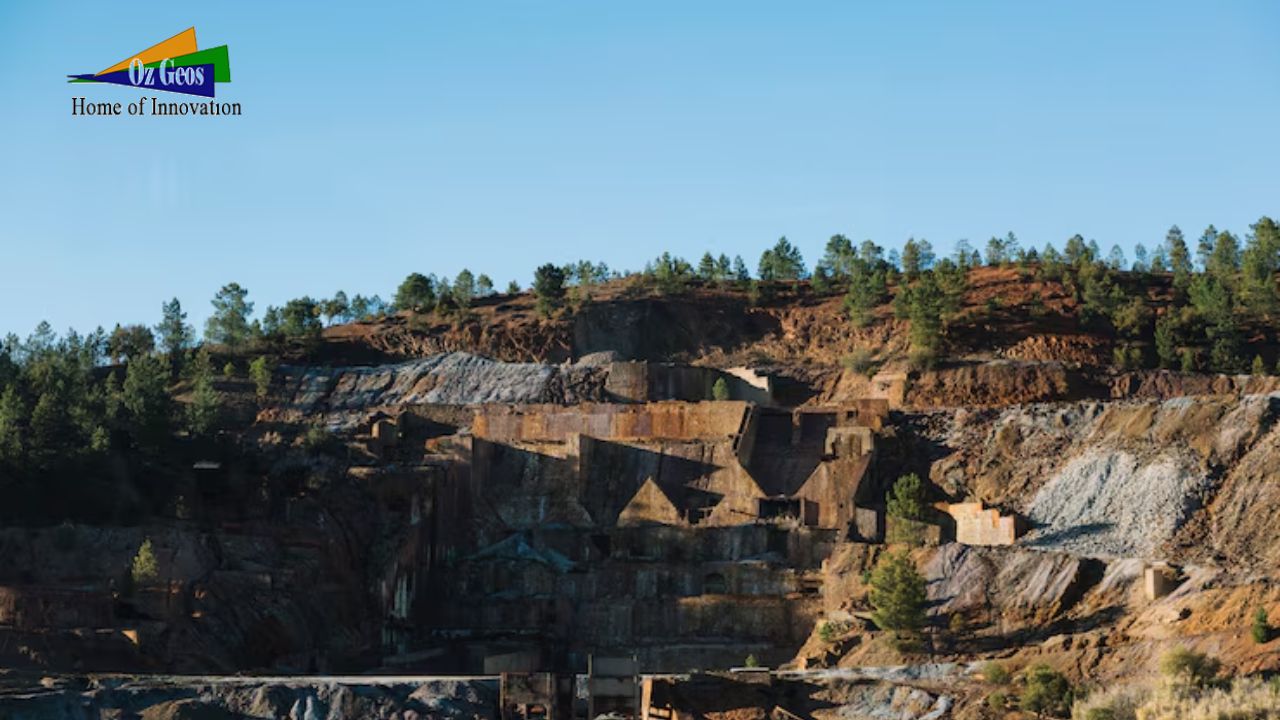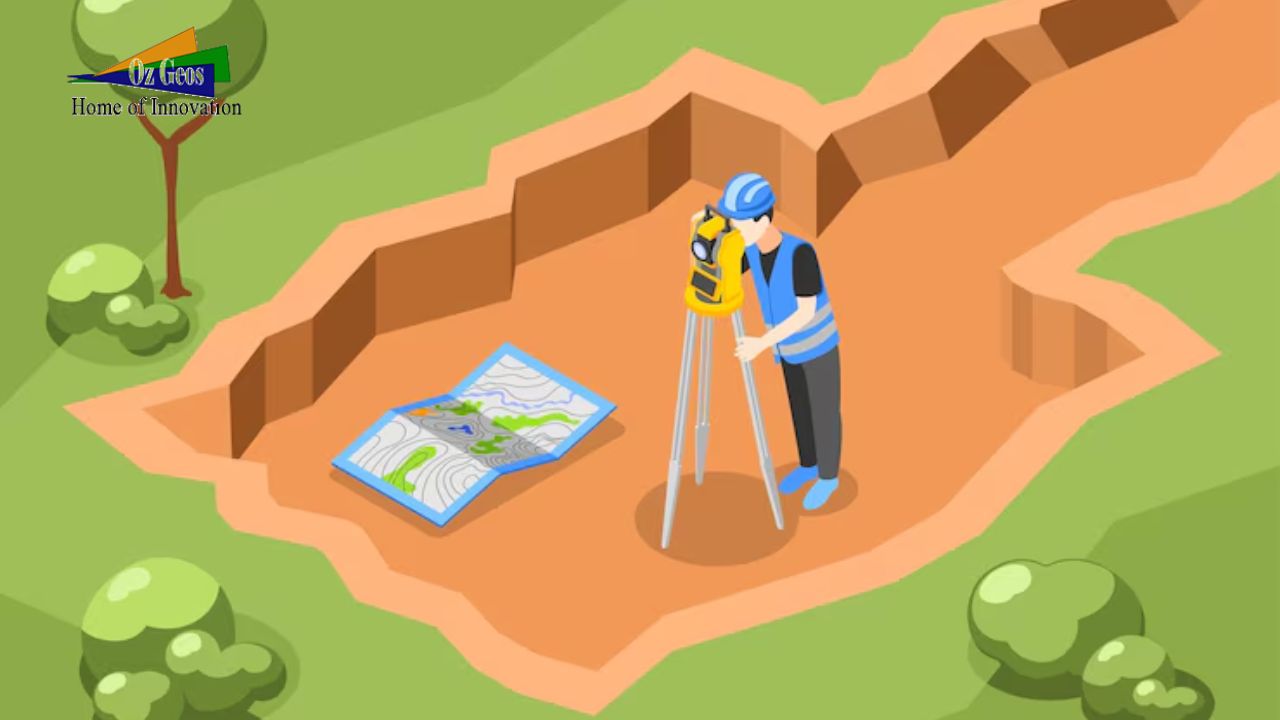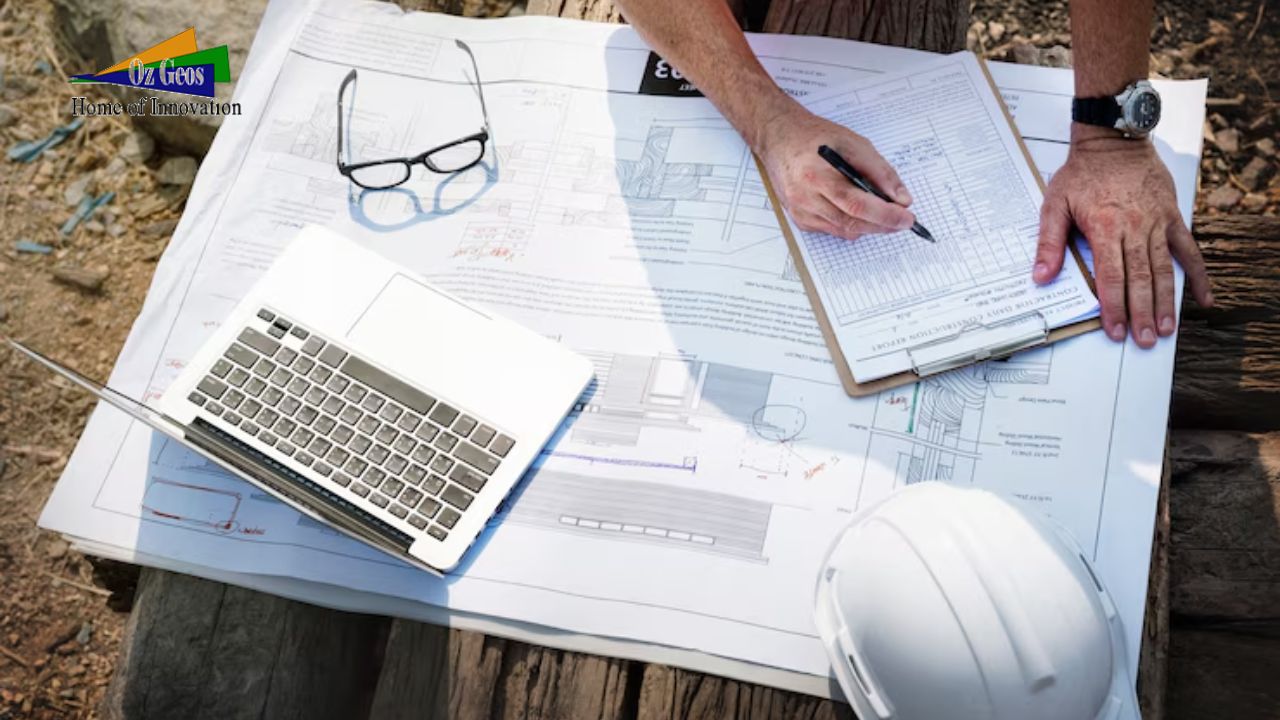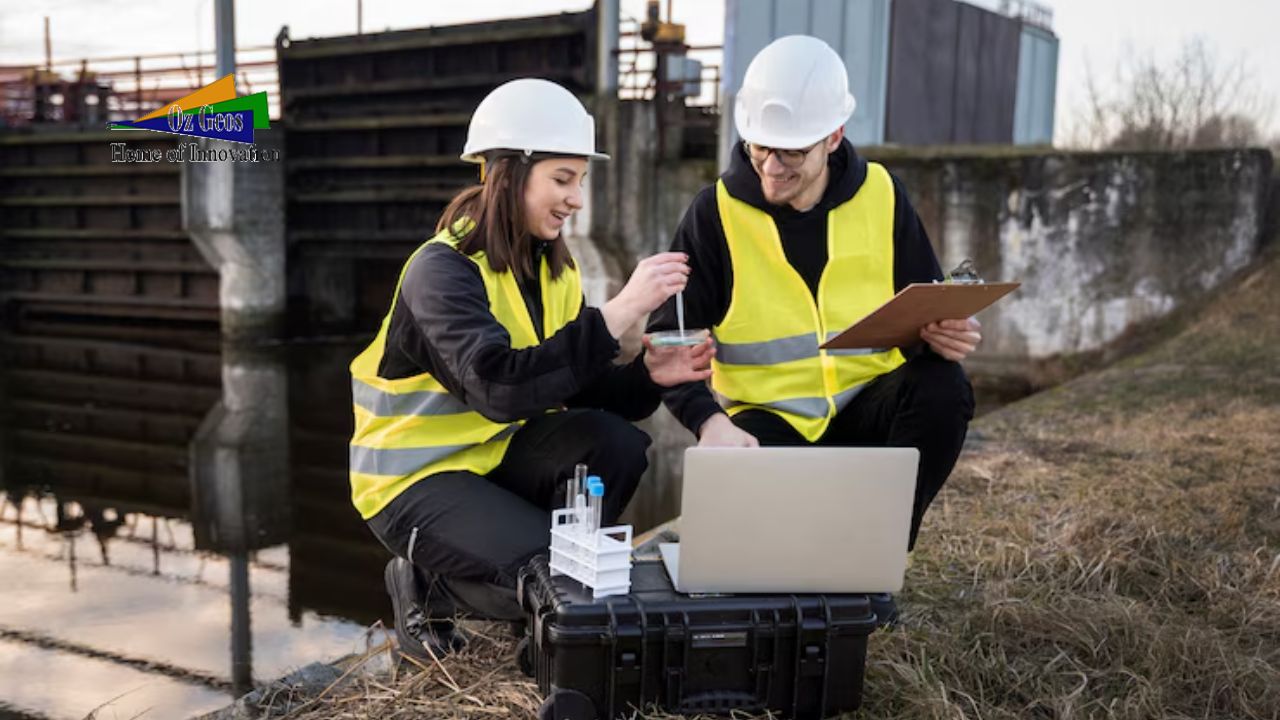Current Challenges and Trends in Geotechnical Engineering
Geotechnical engineering is a branch of civil engineering that deals with the behavior of soil and rock. Geotechnical engineers play a vital role in designing and constructing infrastructure projects, such as roads, bridges, buildings, and dams.
In recent years, geotechnical engineers have faced a number of challenges, including:
Rapid urbanization: The rapid growth of cities around the world has led to an increased demand for infrastructure projects. Geotechnical engineers need to design infrastructure that can support the weight of skyscrapers and transportation networks in densely populated areas.
Climate change: Climate change is another challenge that geotechnical engineers must contend with. They need to design structures that can withstand more extreme weather events, such as heavier rainfall and stronger storms.
Sustainability: Sustainability is also a major concern for geotechnical engineers. They are working to develop new materials and construction methods that reduce environmental impact. Despite these challenges, geotechnical engineering is a rapidly evolving field. Some of the latest trends and developments in geotechnical engineering include:
Advanced modeling software: Geotechnical engineers are using advanced modeling software to integrate project information and analyze multiple design options. This software can also be used to compare design performance with real-time monitoring data, which helps engineers ensure that construction adheres to safety and efficiency standards.
New materials: Geotechnical engineers are developing new materials that are stronger, more durable, and more sustainable than traditional materials. For example, geosynthetics are synthetic materials that can be used to reinforce soil and rock, and geopolymers are concrete-like materials that are made from recycled materials.
New construction methods: Geotechnical engineers are also developing new construction methods that are more efficient and less environmentally damaging. For example, trenchless construction methods can be used to install underground pipes and cables without digging up the ground.
Specific examples of how geotechnical engineers are using the latest trends and developments to address the challenges of rapid urbanization, climate change, and sustainability.
Rapid urbanization
Geotechnical engineers are using advanced modeling software to design foundations for skyscrapers and other tall structures that can support the weight of the building and resist wind and seismic forces.
They are also using new materials and construction methods to build roads and bridges that can withstand the increased traffic loads and extreme weather events associated with urbanization. For example, geotechnical engineers are using geosynthetics to reinforce soil and rock in foundation construction, and they are using trenchless construction methods to install underground utilities without disrupting traffic or damaging existing infrastructure.
Climate change
Geotechnical engineers are using advanced modeling software to simulate the effects of climate change on soil and rock, such as sea level rise and increased rainfall.
This information is used to design infrastructure that is more resilient to climate change impacts. For example, geotechnical engineers are designing seawalls and levees to protect coastal communities from flooding, and they are designing bridges and roads to withstand heavier rainfall and stronger storms.
Geotechnical engineers are also developing new materials and construction methods that can withstand the more extreme weather events associated with climate change.
For example, they are developing geosynthetics that are more resistant to chemical and biological degradation, and they are developing new concrete mixes that are more resistant to erosion.
Sustainability
Geotechnical engineers are developing new materials and construction methods that reduce the environmental impact of infrastructure projects.
For example, they are using recycled materials to make concrete and asphalt, and they are developing new geosynthetics that can be used to reinforce soil and rock instead of using traditional materials such as steel and concrete. Geotechnical engineers are also working to reduce the energy consumption and carbon footprint of geotechnical construction projects.
For example, they are developing new construction methods that require less earthwork and fewer heavy machinery.
Geotechnical engineering in the future
Geotechnical engineering is a rapidly evolving field that is essential for the development and maintenance of modern society. As the world faces new challenges such as climate change and rapid urbanization, geotechnical engineers will play an increasingly important role in designing and constructing infrastructure that is safe, sustainable, and resilient.
Here are some specific trends and developments in geotechnical engineering that are expected to have a major impact in the future:
The use of artificial intelligence (AI) and machine learning (ML) in geotechnical engineering
AI and ML are already being used in geotechnical engineering for a variety of tasks, such as data analysis, risk assessment, and design optimization.
In the future, AI and ML are expected to play an even greater role in geotechnical engineering, helping engineers to design more complex and innovative structures, and to better understand and manage the risks associated with geotechnical projects
The development of new materials and construction methods: Geotechnical engineers are constantly developing new materials and construction methods to improve the performance and sustainability of geotechnical projects. In the future, we can expect to see even more.































